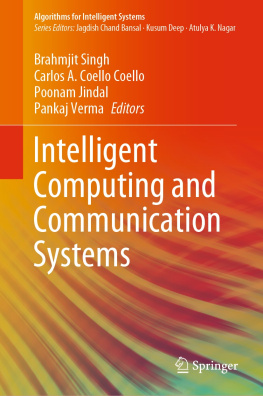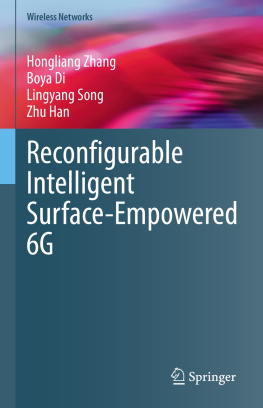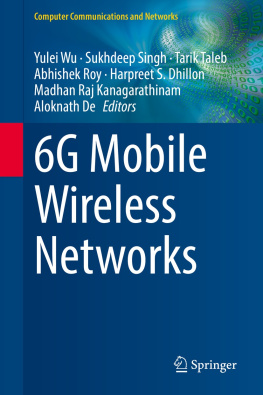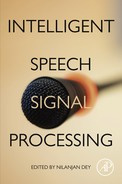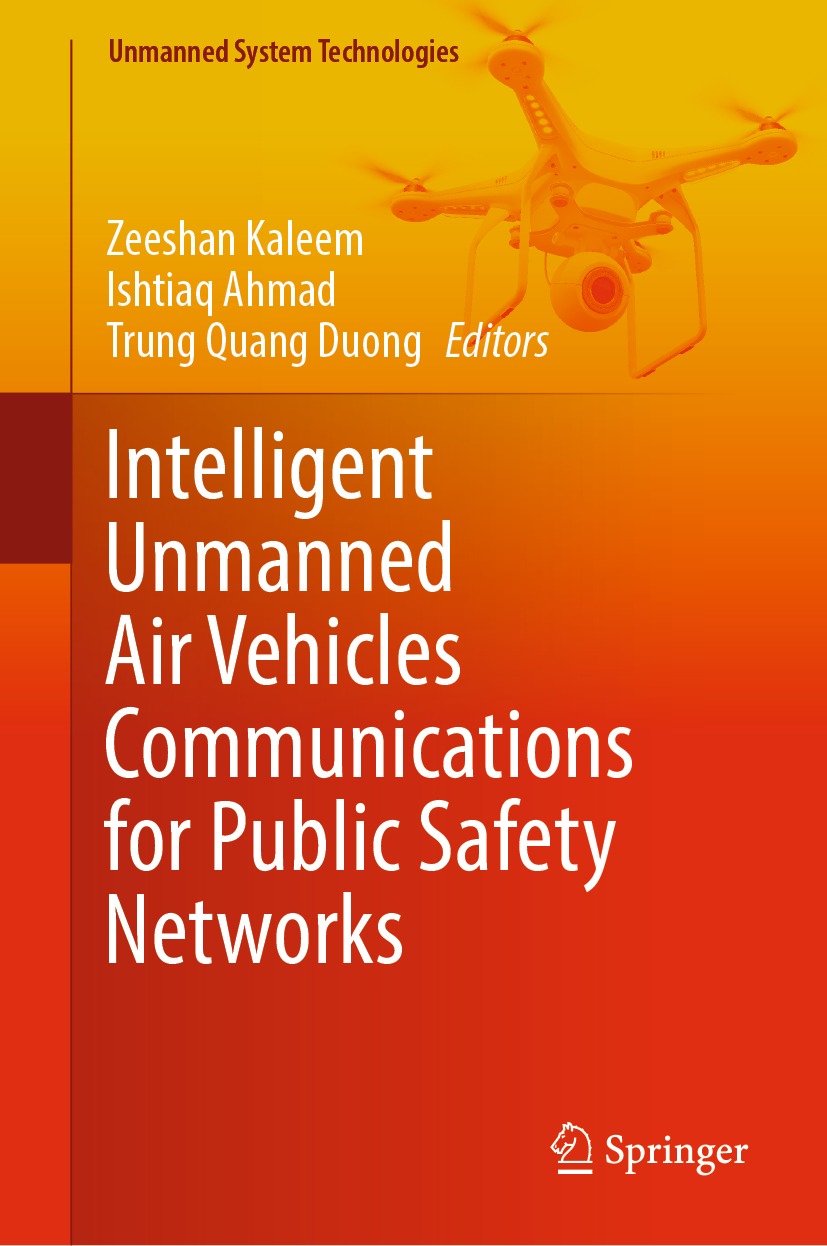Unmanned System Technologies
Springers Unmanned Systems Technologies (UST) book series publishes the latest developments in unmanned vehicles and platforms in a timely manner, with the highest of quality, and written and edited by leaders in the field. The aim is to provide an effective platform to global researchers in the field to exchange their research findings and ideas. The series covers all the main branches of unmanned systems and technologies, both theoretical and applied, including but not limited to:
Unmanned aerial vehicles, unmanned ground vehicles and unmanned ships, and all unmanned systems related research in:
Robotics Design
Artificial Intelligence
Guidance, Navigation and Control
Signal Processing
Circuit and Systems
Mechatronics
Big Data
Intelligent Computing and Communication
Advanced Materials and Engineering
The publication types of the series are monographs, professional books, graduate textbooks, and edited volumes.
More information about this series at https://link.springer.com/bookseries/15608
Editors
Zeeshan Kaleem , Ishtiaq Ahmad and Trung Quang Duong
Intelligent Unmanned Air Vehicles Communications for Public Safety Networks

Logo of the publisher
Editors
Zeeshan Kaleem
Department of Electrical and Computer Engineering, COMSATS University Islamabad, Wah, Pakistan
Ishtiaq Ahmad
Faculty of Engineering and Technology, Gomal University, Dera Ismail Khan, Pakistan
Trung Quang Duong
School of Electronics, Electrical Engineering and Computer Science, Queens University Belfast, Belfast, UK
ISSN 2523-3734 e-ISSN 2523-3742
Unmanned System Technologies
ISBN 978-981-19-1291-7 e-ISBN 978-981-19-1292-4
https://doi.org/10.1007/978-981-19-1292-4
The Editor(s) (if applicable) and The Author(s), under exclusive license to Springer Nature Singapore Pte Ltd. 2022
This work is subject to copyright. All rights are solely and exclusively licensed by the Publisher, whether the whole or part of the material is concerned, specifically the rights of translation, reprinting, reuse of illustrations, recitation, broadcasting, reproduction on microfilms or in any other physical way, and transmission or information storage and retrieval, electronic adaptation, computer software, or by similar or dissimilar methodology now known or hereafter developed.
The use of general descriptive names, registered names, trademarks, service marks, etc. in this publication does not imply, even in the absence of a specific statement, that such names are exempt from the relevant protective laws and regulations and therefore free for general use.
The publisher, the authors and the editors are safe to assume that the advice and information in this book are believed to be true and accurate at the date of publication. Neither the publisher nor the authors or the editors give a warranty, expressed or implied, with respect to the material contained herein or for any errors or omissions that may have been made. The publisher remains neutral with regard to jurisdictional claims in published maps and institutional affiliations.
This Springer imprint is published by the registered company Springer Nature Singapore Pte Ltd.
The registered company address is: 152 Beach Road, #21-01/04 Gateway East, Singapore 189721, Singapore
Foreword
Unmanned air vehicles (UAVs) have shown great potential to enable numerous applications ranging from industry verticals to public-safety communications. However, various challenges also arise with its integration into the existing terrestrial networks such as efficient UAV positioning, power allocation, trajectory design, and resource allocation. The existing conventional optimization solutions are not intelligent enough to overcome those challenges. Thus, real-time optimization and machine-learning-assisted solutions, and emerging technologies are required to overcome those challenges.
In this regard, this books arrival is timely, and it will build your knowledge about intelligent UAV communications for the public-safety network from the ground up. This book provides the state of the art of public-safety communication networks with the latest advances in intelligent UAV communications. This book also supplies a clear picture of future trends related to emergency communications that are assisted by the current research development of beyond 5G and upcoming 6G wireless networks. The book contents will help researchers and other stakeholders narrow down prospective concepts for employing intelligent UAV communications for public-safety networks.
The book also contains compelling use cases and insights developed by some of the leading researchers working in this exciting and pivotal research direction. It is now in your hand to use this book for enabling intelligent UAV networks.
Prof. Chau Yuen IEEE Fellow
Introduction
UAVs have shown promising potential in enabling a wide range of applications, from industry verticals to public-safety communications. However, integrating it into current terrestrial networks poses a number of issues, including effective UAV placement, power distribution, trajectory design, and resource allocation. This book examines both conventional non-intelligent and intelligent UAV communication systems for public-safety networks. Furthermore, reconfigurable intelligent surfaces (RIS) have lately piqued the interest of researchers and academician due to their ability to improve the propagation environment and communication quality by intelligently reflecting received signals. By incorporating intelligence into RIS-assisted UAV communications, it will be able to satisfy the needs of intelligent, green, and sustainable 5G and upcoming 6G cellular networks, making it a viable choice for overcoming the fundamental flaws of older wireless systems.
Chapter reviews the essential technologies that will enable public-safety communications by deploying intelligent UAVs. The authors pointed out the challenges related to them and also highlighted the future research directions for researchers. To enable public-safety communications, they highlighted that intelligence plays a critical role in increasing UAV performance in terms of coverage, throughput, mobility management, and edge computing. Moreover, they summarized that the existing traditional optimization algorithms are not sufficient enough to address the challenges like UAV positioning, power allocation, trajectory optimization, and resource allocation to enable emergency communications.
Chapter provided an overview about the features, applications, and enabling technologies for public-safety networks. The importance of safety networks is high when the existing terrestrial infrastructure is destroyed during the natural disasters. To timely reach a disaster area and rescue people, communication infrastructure quick deployment is desired. Hence, UAVs deployment is one of the finest solutions for reaching difficult-to-reach regions. The authors in this chapter discussed UAVs types, public-safety use cases, state-of-the-art positioning and resource allocation schemes, as well as the security challenges to quickly overcome the communication challenges.



